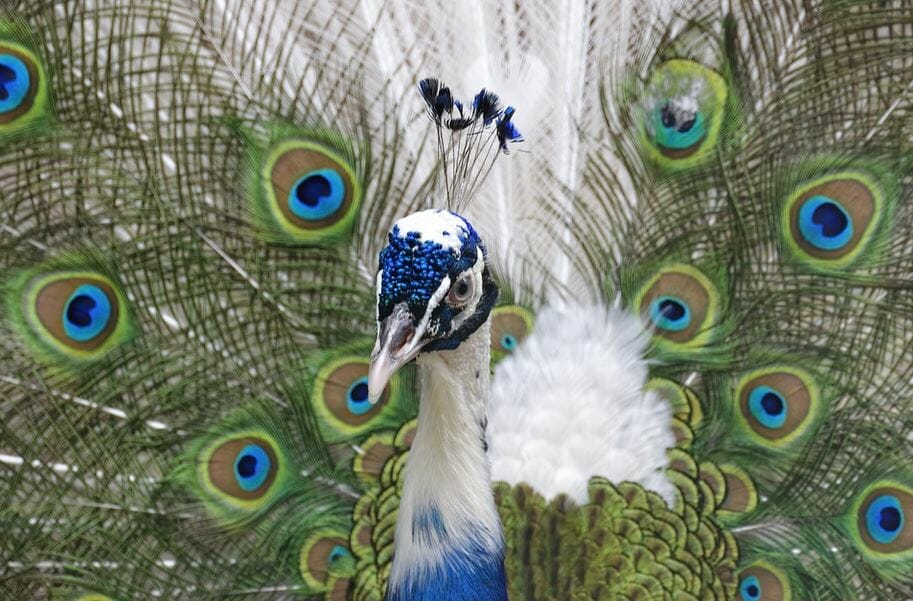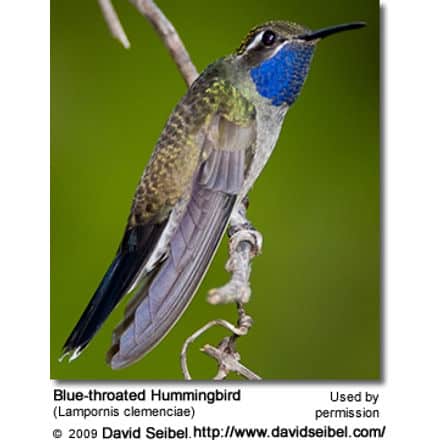Inca Dove
The Inca Doves (Columbina Inca) is a small New World dove. Formerly classified under the genus Scardafella, recent genetic analyses indicate that both Scardafella doves belong with the other ground doves in the genus Columbina.
It ranges from the southwestern United States and Mexico through Central America to Costa Rica.
Despite being named after the Inca Empire, this species does not occur in any of the lands that constituted that region. Inca Doves are common to abundant within their range and they are expanding their range north and south.
Further Dove Information
- Dove Information
- Index of Dove Species
- Photos of the Different Dove Species for Identification
- Doves & Pigeons as Pets
Inca Doves reach a length of 16.5 cm (6.5-8.25 in) and weigh 47-48 g (1.6 oz). They are slender, with a gray-brown body covered in feathers that resemble a scaled pattern.
The tail is long and square, edged with white feathers that may flare out in flight.
In flight, the underwing is reddish, like other ground doves, and on takeoff, the wings produce a distinctive, quiet rattling noise.
This is a terrestrial species which occurs in flocks in open areas including scrub and cultivation. It will feed in urban areas, eating grass seeds and taking advantage of the ready availability of water from agricultural and suburban irrigation.
The song, a forceful cooing rendered variously as “cowl-coo” or “POO-pup”, may be given from a tree, wire, or other open, high perch such as a television aerial.
The flimsy twig nest is built 1-8 m high in a tree, often a thorny species, and two white eggs are the normal clutch.



